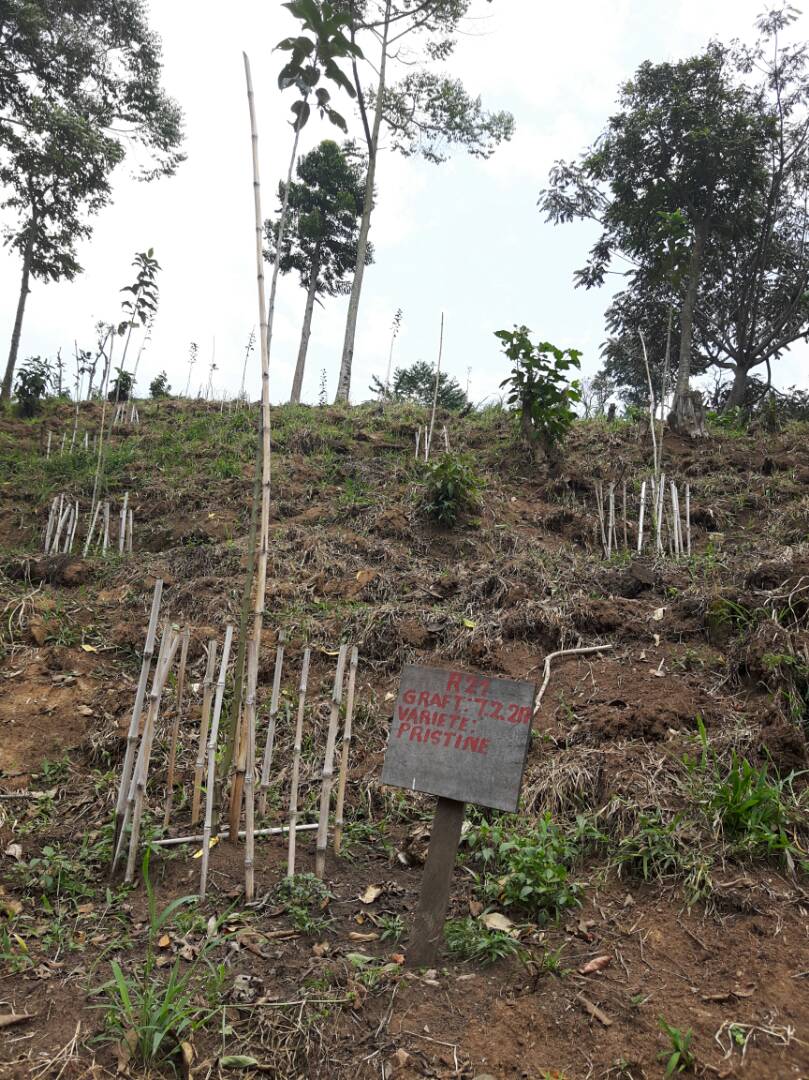They get the apples to fruit utilizing tropic apple culture; manual leaf stripping, horizontal branching, shutting off any irrigation during dormancy. Anna and Dorsett Golden are the first to start bearing, but high-chill apples respond well also. The first trees were planted as rootstocks in 2016, then topworked in 2017, and are now whips. The tall whippy growth is typical of the tropics; they will be notched to induce branching this season as they come out of dormancy. The weather at this location is cool and foggy, you’d want a jacket on, especially during the rainy season which is just wrapping up now.
